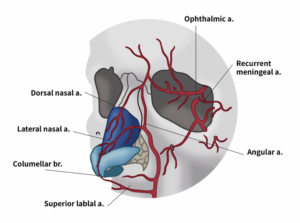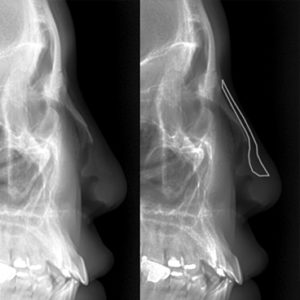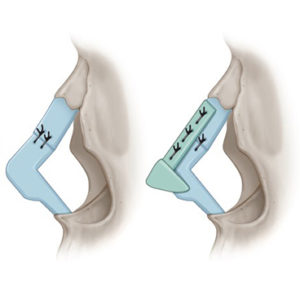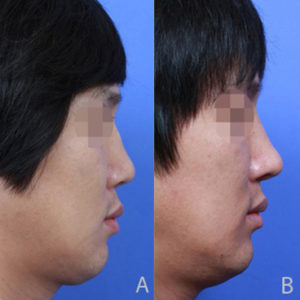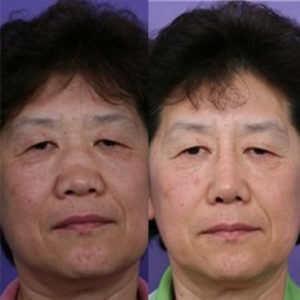Introduction Fillers are now widely used in many aspects of cosmetic surgery, including the nose and its surrounding structures. The most common sites for filler injection on the face are the nasolabial fold, nose and forehead. Whilst filler injections have been established as relatively safe, minimally invasive and effective for facial rejuvenation, nevertheless they have… [Read More]
South Korea
Augmentation Rhinoplasty Using Alloplastic Implants
It is generally agreed that autologous tissue is the material of choice for the rhinoplasty. Alloplastic materials are inherently subject to risks of bacterial infection, extrusion, migration and other problems. However, it is often overly emphasized or exaggerated for the risks of alloplastic materials by experts. Complications from alloplastic implants in rhinoplasty may decrease with… [Read More]
How to Manage Deviated Nose: Personal Tips
Abstract Deviated nose is one of the most difficult problems to correct even for experts of rhinoplasty. To correct the deviated nose, preoperative diagnosis and examination are as important as surgical techniques. After precise preoperative examination and planning, proper surgical techniques should be applied according to anatomical location and type of deviation to correct the… [Read More]
Revision rhinoplasty in Asians
Introduction Rhinoplasty is one of the most popular cosmetic surgeries performed in Asian countries. Although the techniques employed may be considered similar to Caucasian rhinoplasty, the procedures used for Asians have distinctions which stem from their anatomical differences as well as different aesthetic standards between the two cultures.1-3 With the increasing number of rhinoplasties being… [Read More]
Asian Rhinoplasty
1. Anatomical characteristics As a result of the diverse ethnicities in Asian populations, the anatomic characteristics of Asians vary greatly. Although there are substantial variations, in the typical Asian nose, the nasal skin tends to be thicker than Caucasian noses, with abundant subcutaneous soft tissue. The tip of the nose is usually low and the… [Read More]

